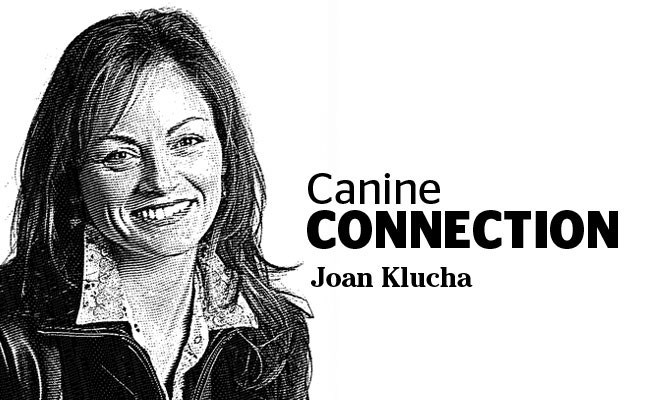As I mentioned in my last column, I recently adopted a young adult German shorthaired pointer.
Carter was returned to his breeder due to being a high energy dog and, well, spoiled to the point that he had no concept of boundaries and limitations.
Any recycled dog seeking a new forever home will come with some baggage. The severity or complications of that baggage are completely related to the experiences the dog left behind and are as individual as the dog itself.
For the most part, the majority of dogs being re-homed just lack leadership.
These dogs may have been loved but given little guidance and the result is a dog that is out of control. Offering these dogs proper guidance and consistent leadership is often all it takes to create a bond and allow them to become great lifelong companions.
But that bonding process does take time.
As owners of recycled dogs, we have to be patient as the dog unpacks its baggage of the past while it begins to follow rules and boundaries and learns to look to their new owner for guidance and direction.
During the first eight weeks of a new dog coming home is what I refer to as the honeymoon period.
The new dog may be quiet or seem aloof. This is completely normal as the dog assesses its new environment.
It is after this eight week period that the dog’s personality begins to show and with it, whatever baggage it has brought along.
It is important to start a consistent leadership program as soon as the dog comes home.
The sooner you can show your dog that you can be trusted by offering reliable guidance, the sooner your new dog will let go of its past and willingly follow that guidance.
Feeling sorry for the dog for whatever it has endured in its past by fawning over it and lavishing it with affection will not make that bond happen any faster, if anything it will hinder it. It is better to offer benevolent leadership than demonstrative empathy.
Start building that trusting bond by taking the dog on daily leashed walks.
Exercise and experience in the great outdoors helps to clear out the cobwebs in both the human and dogs mind.
But I stress the on-leash part, as many a new dog has been lost due to an enthusiastic owner wanting to let their new dog off leash for a taste of freedom in an unfamiliar environment.
Off-leash time should be spent in a secure fenced area, be it a back yard or a fully fenced dog park.
If a dog park is the only option, find a time when there is no one else around, so there are no other dogs to offer a distraction, and allow the opportunity to focus on training.
I take Carter to the local dog park at around 6:30 a.m. and as soon as someone arrives, we leave.
We are not there to allow him to run freely and play with other dogs, but to work on his commands of ‘come’, ‘watch me’ and ‘this way’ in a secure environment that is different than home.
All of those commands are his off-leash commands and will be used when we eventually hike the trails off-leash.
Speaking of trails, while walking along trails use a long training line during this bonding period.
Please don’t use a retractable leash unless it is your only option.
The idea of the long leash is to be able to allow managed freedom while teaching commands and focused attention.
I use a 12 metre tracking line with Carter. As soon as he starts to get to the end of the leash I use his command, “this way” to encourage him to come in my direction.
He is rewarded with a treat when he does.
I have always believed in the benefits of tracking to build a bond with a new dog.
I have taught recreational as well as sanctioned tracking for over 20 years and have seen some incredible, positive changes in dogs and their owners who participate in tracking classes.
Tracking is on my agenda with Carter this spring. We’ve got some big goals this year.
Back at home, try not to suffocate the new dog with attention.
It is important that both the new dog and owner spend quality time apart.
Part of helping improve a dog’s confidence is allowing it to spend time on its own and learn that nothing bad happens in the owner’s absence.
As always, find a qualified trainer to help, be it private lessons or small group classes. A great trainer is an invaluable tool to improve your bond with your new dog.
Joan Klucha has been working with dogs for more than 15 years in obedience, tracking and behavioural rehabilitation.
[email protected].



